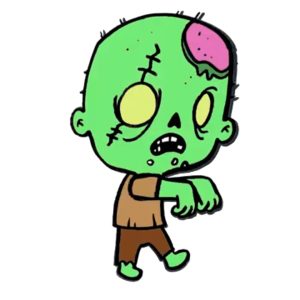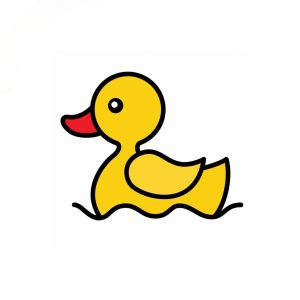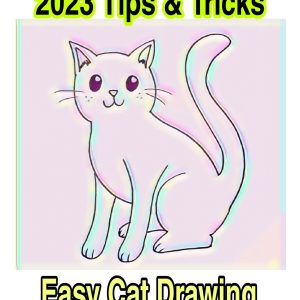Introduction:
Giraffe Drawing can be a delightful and creative activity. These majestic creatures with their long necks and unique patterns are fascinating subjects for artists. Whether you’re taking your first artistic strides or already adept with a pencil in hand, this article serves as a trusted companion, leading you through each meticulous step of giraffe drawing. By understanding the basics of giraffe anatomy, using the right tools and materials, and incorporating your own style, you can create stunning giraffe drawings that capture their beauty and grace.
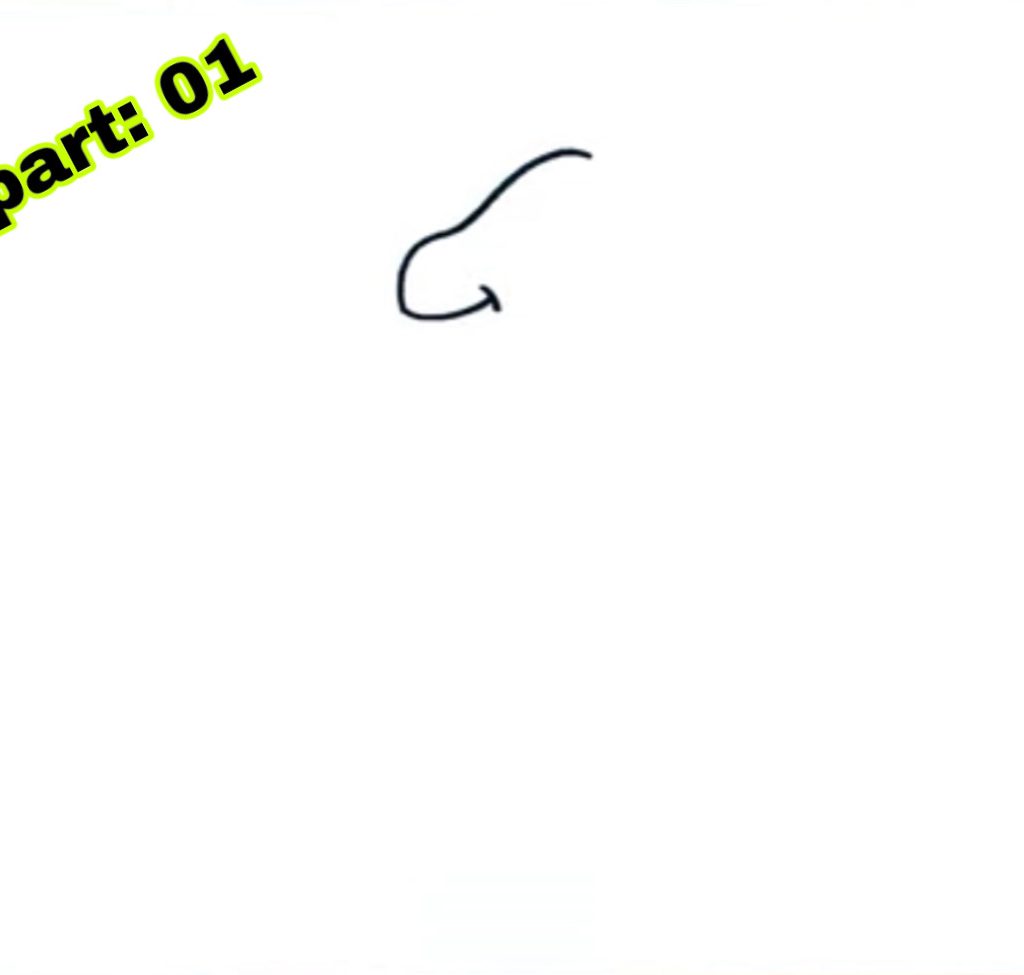
Understanding the Basics of Giraffe Anatomy
Embarking on the artistic journey of drawing a giraffe necessitates a fundamental grasp of its anatomy, laying a sturdy foundation for your creative endeavors. Giraffes have distinct features that make them easily recognizable. Their long necks, spotted coats, and slender legs are some of the key elements that define their appearance. By studying giraffe anatomy, you’ll be able to accurately depict these features in your drawings.
Drawing the Giraffe’s Body
To start drawing a giraffe, it’s important to outline its body shape first. Sketching a large oval shape for the body. Like the bedrock beneath a masterpiece, this initial sketch establishes the groundwork for your entire giraffe drawing. Dedicate ample time to perfecting the proportions, guaranteeing a harmonious and well-balanced representation of the majestic creature.

Adding the Contours for the Neck and Legs
Next, draw a long, curved line extending from the body to the neck. Giraffes have remarkably long necks, so make sure to capture their length and gracefulness. Then, add lines to indicate the legs, paying attention to the joints and the angles at which they bend. Remember to keep the proportions accurate to achieve a realistic representation.
Gift:
Claim our premium worksheet practice book For Free (Only for you) :
Creating the Giraffe’s Hump and Tail
Intrinsically tied to their enchanting allure, giraffes flaunt a distinctive curvature along their backs, contributing to their captivating silhouette. Capture this signature feature by delicately sketching a rounded contour on the upper portion of their body, bringing the hump to life on your canvas. Additionally, sketch a long, thin tail extending from the back of the body. The tail should end with a tuft of hair, giving it a textured appearance.
Sketch the Giraffe’s Head
The giraffe’s head is another crucial element in capturing its likeness. Pay attention to the details and proportions to create an accurate representation.
Outlining the Giraffe’s Head Shape and Mouth
Start by sketching the basic shape of the head, which is somewhat rectangular with rounded edges. Add a small oval shape for the mouth, positioning it below the head. The mouth should be slightly open to give the giraffe a natural and relaxed expression.

Adding the Ears and Eyes
Adorning the summits of their regal heads, giraffes proudly display magnificent, rounded ears that command attention with their grandeur. Draw two ears on either side of the head, paying attention to their placement and size. Next, add the eyes by drawing two almond-shaped ovals. Remember to leave a small white space within each eye to create a sense of light reflection.
Drawing the Giraffe’s Horns and Mane
Male giraffes have ossicones, which are horn-like structures on top of their heads. Sketch two small, curved shapes on the head to represent these ossicones. Among the exquisite tapestry of nature’s artistry, female giraffes gracefully don tufts of hair atop their majestic heads, evoking a semblance of a dainty and elegant mane. Include this detail by drawing short, curved lines along the top of the head.
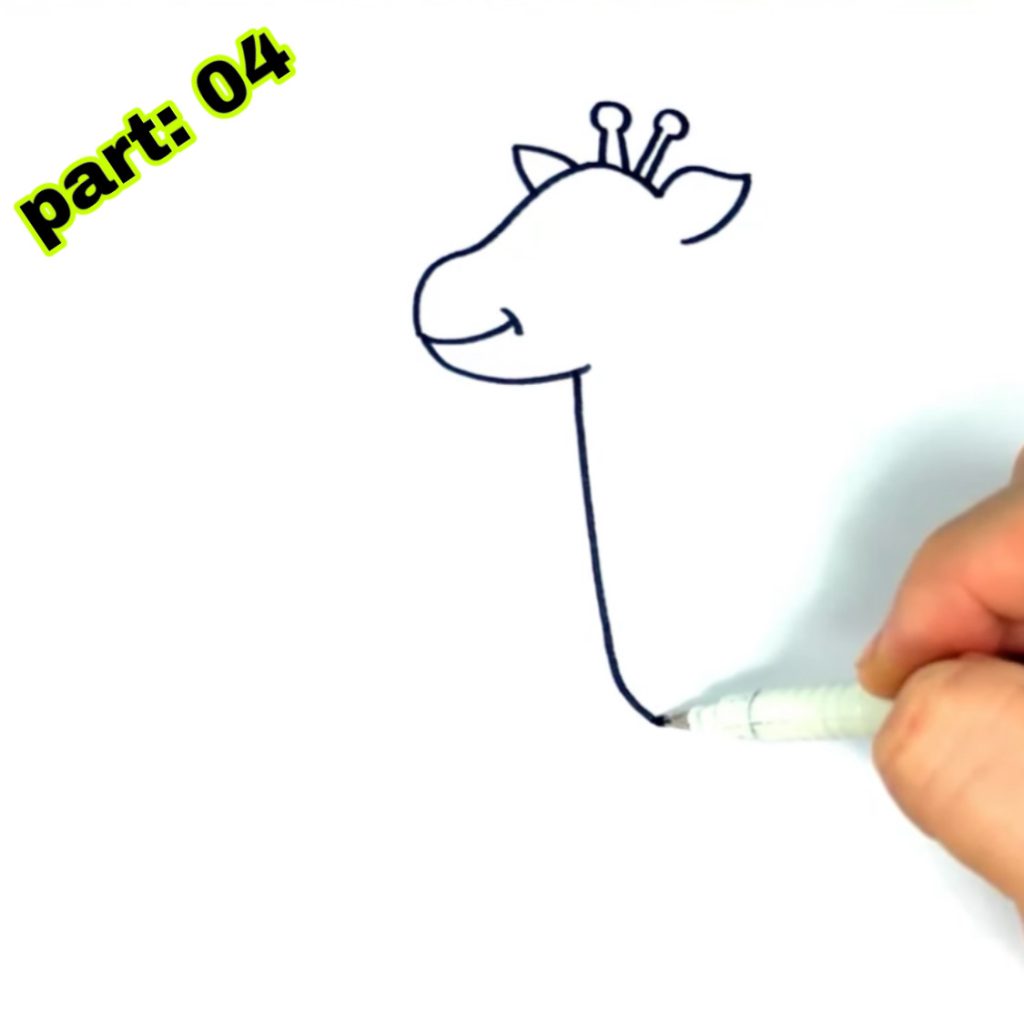
Add Details to the Drawing
With the foundational framework meticulously laid, the stage is set to infuse your giraffe drawing with intricate subtleties that will breathe vibrant life into your artwork.
The Giraffe’s Spots and Patterns
Giraffes are known for their intricate spot patterns. Use small, irregular shapes to create these spots on the giraffe’s body. Start by adding spots to the neck, body, and legs. Remember that the spots should vary in size and shape to achieve a realistic effect.
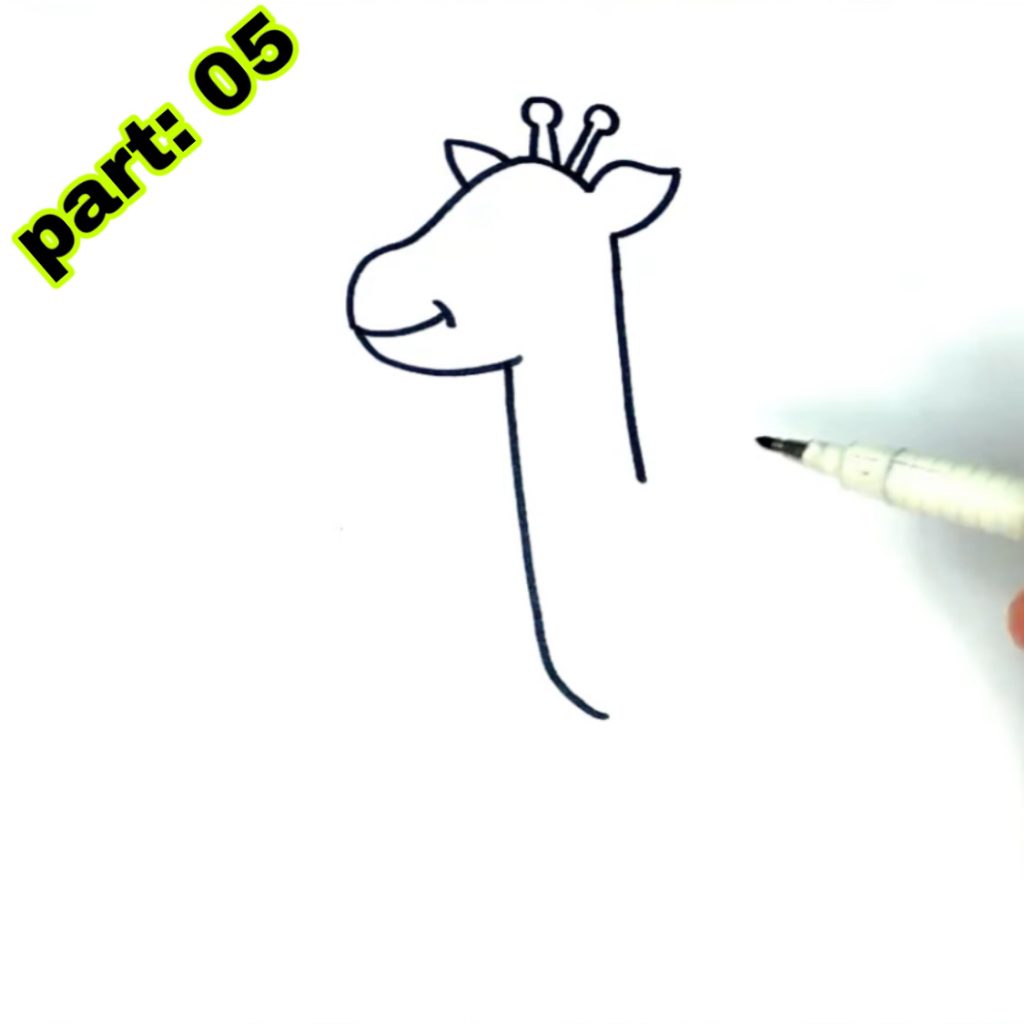
Adding Texture to the Giraffe’s Hair and Skin
To add texture to the giraffe’s hair and skin, use short, curved lines to represent the fur. Focus on areas such as the neck, hump, and tail, where the texture is more pronounced. Vary the length and direction of the lines to create a sense of depth and volume.
Shading and Finishing the Drawing
To give your giraffe drawing a three-dimensional appearance, add shading. Identify the light source and imagine how it would cast shadows on the different parts of the giraffe’s body. Use a pencil or shading tool to darken certain areas, creating a sense of depth and dimension. Pay attention to the transitions between light and shadow to achieve a realistic effect.

Tips and Tricks for Drawing Giraffes
Embarking upon the artistic endeavor of capturing giraffes on paper presents an exhilarating challenge, yet with a mindful approach, you possess the power to manifest awe-inspiring masterpieces. These are the tips and tricks to help you along the way:
- Study reference images: Look at photographs or observe giraffes in zoos to understand their anatomy, proportions, and unique features.
- Start with basic shapes: Begin your drawing with simple shapes to establish the overall structure before adding details.
- Unleash the power of keen observation: Immerse yourself in the realm of giraffes, attentively savoring the nuanced intricacies that abound, from the graceful curvature of their necks to the mesmerizing flexion of their limbs.
- Experiment with different styles: Don’t be afraid to explore various artistic styles and techniques to develop your own unique approach to drawing giraffes.
- Have fun and be patient: Drawing is a process that takes time and practice. Enjoy the journey and embrace the learning experience.
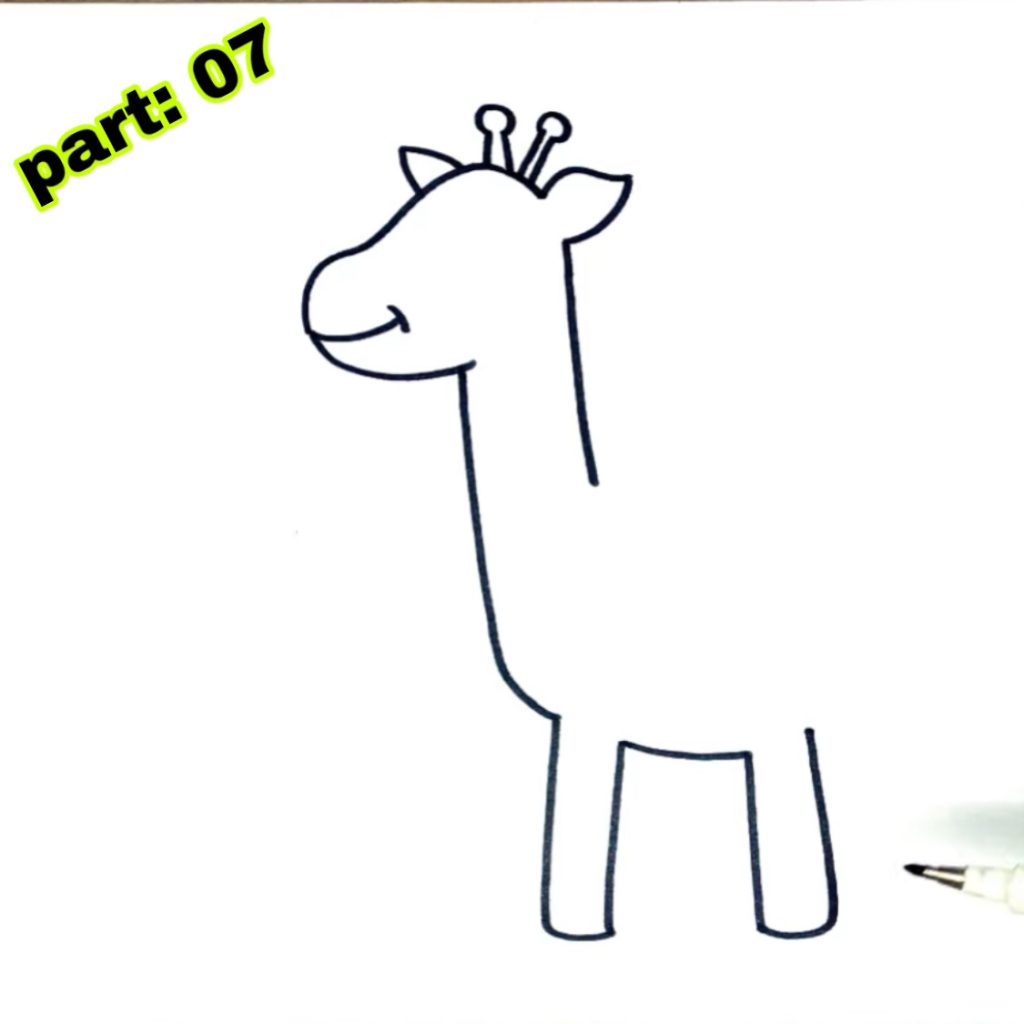
Understanding Giraffe Behavior and Movement
To create dynamic and engaging giraffe drawings, it’s important to understand their behavior and movement. Embodied elegance personified, giraffes grace the Earth with their majestic presence, moving through their domain with a captivating gait and engaging in a unique dance with their surroundings. By observing and studying their behavior, you can infuse your drawings with a sense of life and authenticity.
Making Your Giraffe Stand Out with Creative Detailing
While it’s important to capture the realistic features of a giraffe, you can also add creative details to make your drawing unique. Experiment with different color palettes, and patterns, or even incorporate elements from your imagination to give your giraffe artwork a personal touch.
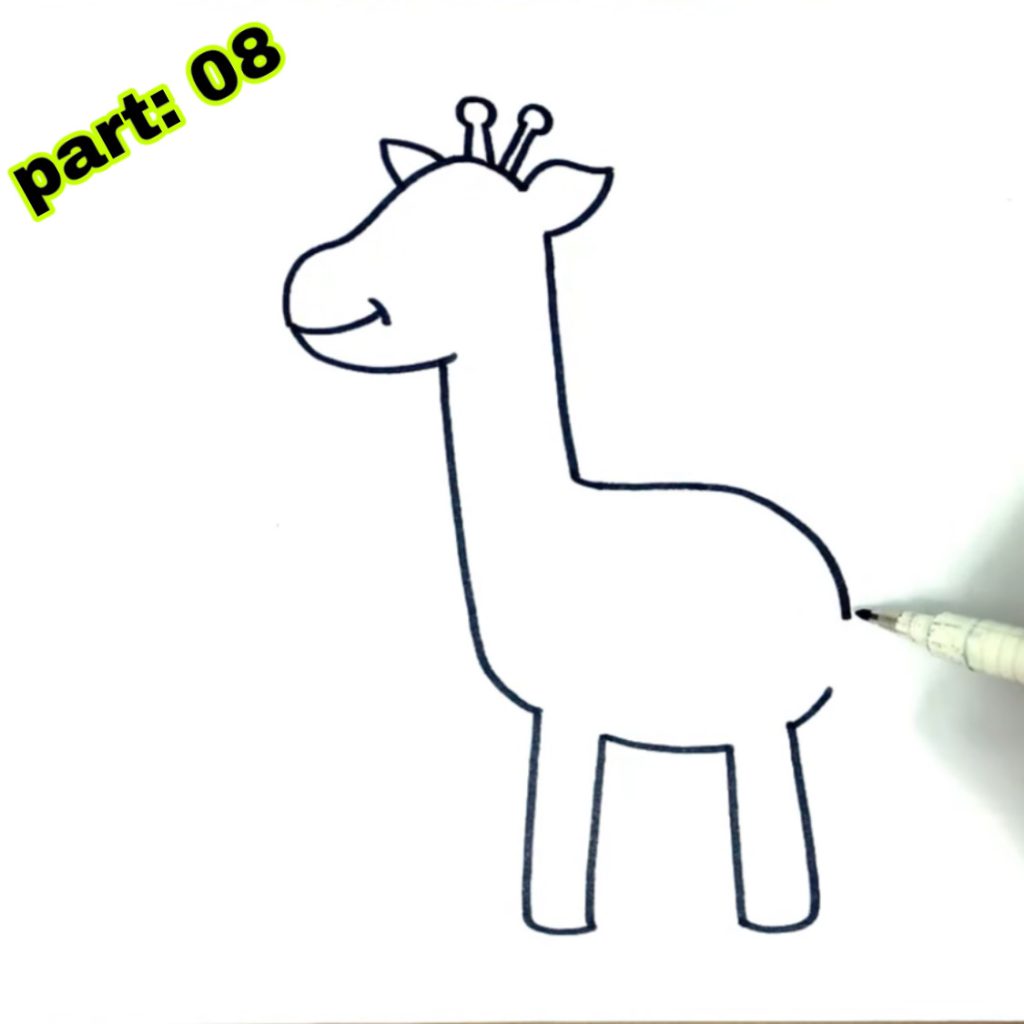
Common Mistakes to Avoid When Drawing Giraffes
When drawing giraffes, there are a few common mistakes that artists often make. By being aware of these mistakes, you can avoid them and create more accurate and visually appealing giraffe drawings:
- Incorrect proportions: Giraffes have specific body proportions, including the length of their necks and the placement of their legs. Pay close attention to these proportions to avoid distorting the overall shape of the giraffe.
- Inaccurate spot patterns: Giraffes have unique spot patterns that differ from individual to individual. Take the time to observe reference images and replicate these patterns accurately.
- Lack of texture and shading: Giraffes have a textured coat and distinct shading. Ensure that you add these details to your drawing to create a realistic representation.
- Overcomplicating details: While it’s important to include details, be cautious of overcomplicating them. Keep your drawing balanced and avoid overwhelming it with excessive elements.

Practice Exercises for Perfecting Your Giraffe Drawing
To improve your skills in drawing giraffes, practice regularly with focused exercises. These exercises you can try:
- Quick gesture sketches: Practice capturing the gesture and movement of a giraffe with quick, loose sketches. Focus on conveying the essence of the animal rather than getting caught up in details.
- Study different poses: Draw giraffes from different angles and in various poses. This will help you understand their anatomy better and enhance your ability to draw them realistically.
- Experiment with different mediums: Explore different drawing mediums such as charcoal, colored pencils, or markers to add variety and depth to your giraffe drawings.
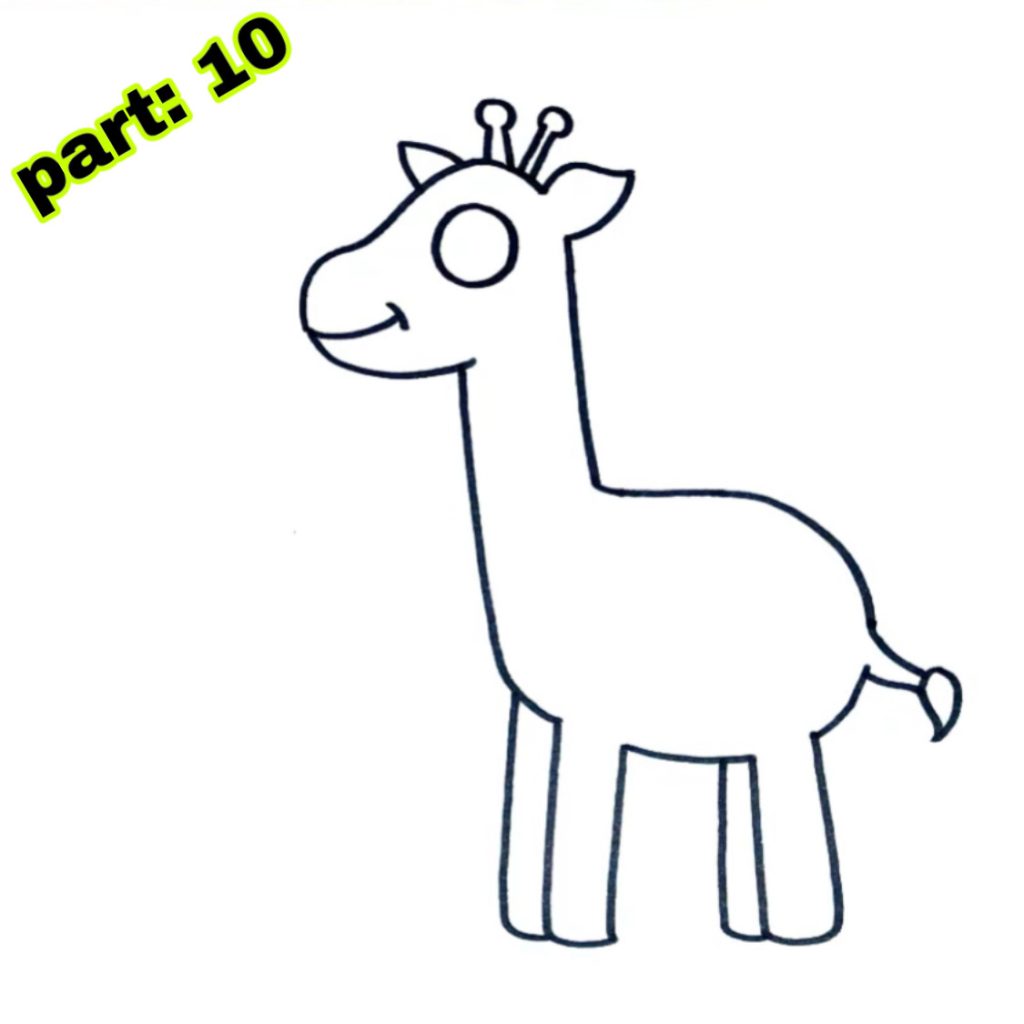
Sketching Giraffes from Different Angles and Postures
To create diverse and dynamic giraffe drawings, practice sketching them from different angles and postures. Experiment with drawing giraffes in motion, bending down to drink water, or even lying down. This will broaden your understanding of their anatomy and help you depict them in more interesting and engaging ways.
Incorporating Your Own Style into Your Giraffe Drawings
While the bedrock of giraffe drawing lies in understanding the fundamentals, liberating your imagination and boldly infusing your personal flair and artistic vision into the canvas, transcending boundaries, and forging a distinct artistic identity. Experiment with different techniques, colors, or even abstract elements to add a personal touch to your giraffe drawings. Let your creativity shine through and create artworks that are uniquely yours.
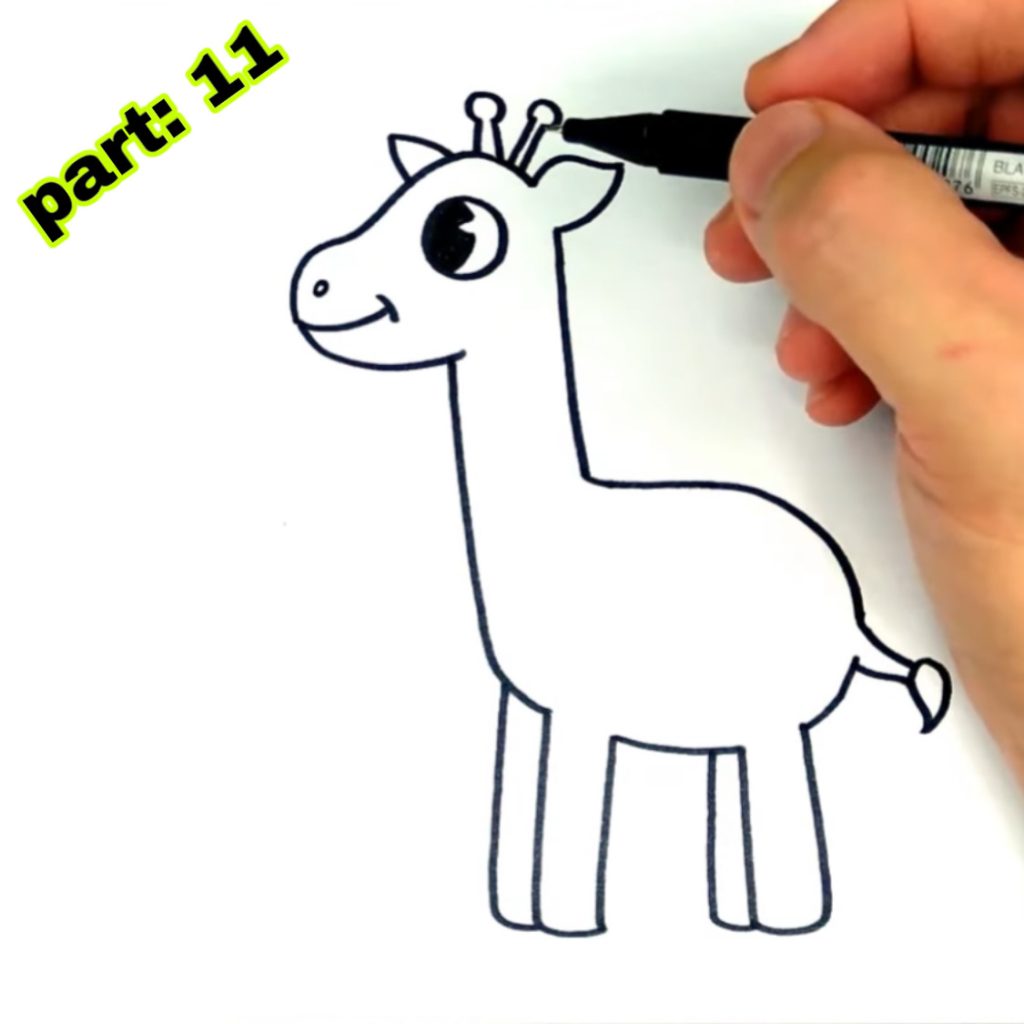
Sharing Your Giraffe Art with the World
Once you’ve created beautiful giraffe drawings, consider sharing them with others. Unleash your artwork’s radiance upon the digital canvas of social media platforms, bask in the limelight of art exhibitions, or fashion your very own portfolio, for in sharing your creative essence, you forge connections with kindred artists and enthusiasts, basking in the glow of feedback and illuminating the spark of inspiration in others.

Bonus:
You may check out our most helpful article about how you can help your child to do extremely well in drawing https://bloggchain.com/a-picture-perfect-sun-drawing-in-just-7-easy-steps/
Frequently Asked Questions
How do I make a giraffe drawing 3D?
To make a giraffe drawing appear three-dimensional, focus on shading and adding depth. Use darker tones in areas that would naturally be in shadow, and lighter tones where the light source hits the giraffe. Embark on a quest to discern the graceful curves that shape the giraffe’s form and embrace the tactile texture of its fur, summoning forth an illusion of depth and volume that resonates with artistic brilliance. Now, as you seek the ideal instrument to bring your vision to life, you may wonder: what pencil wields the power to best capture the essence of these magnificent creatures?
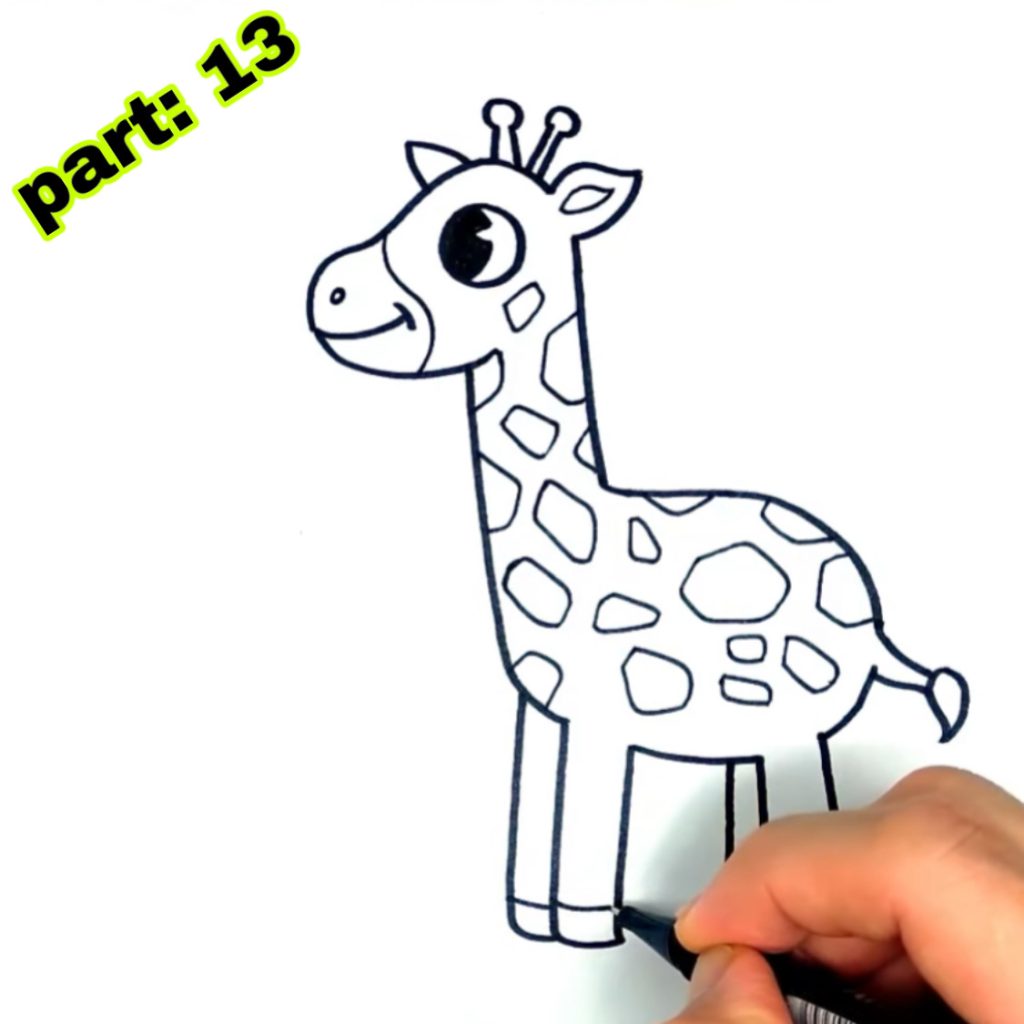
For drawing giraffes, a range of pencils is often used to achieve different effects. A combination of graphite pencils with varying levels of hardness (e.g., 2H, HB, 2B, 4B) is commonly employed. These pencils allow you to create both light, delicate lines and darker, more defined areas.
How do I draw a baby giraffe?
Embarking upon the artistic odyssey of sketching a baby giraffe treads a path akin to that of its adult counterpart, as the creative process weaves its enchanting threads through both iterations of these captivating creatures. Start with the basic shapes and proportions, paying attention to the smaller size of the body and limbs. Baby giraffes may have shorter necks and less defined features, so adjust your drawing accordingly.

Conclusion:
Drawing giraffes can be a rewarding and enjoyable artistic endeavor. As you unravel the intricate tapestry of giraffe anatomy, armed with the tools and materials that beckon your creative spirit, an opportunity emerges to sculpt breathtaking giraffe drawings that immortalize their exquisite allure and unmatched individuality, bearing testament to your artistic prowess. Remember to practice regularly, be patient with yourself, and embrace the creative process. So, grab your pencils, unleash your imagination, and let the giraffes come to life on your paper.
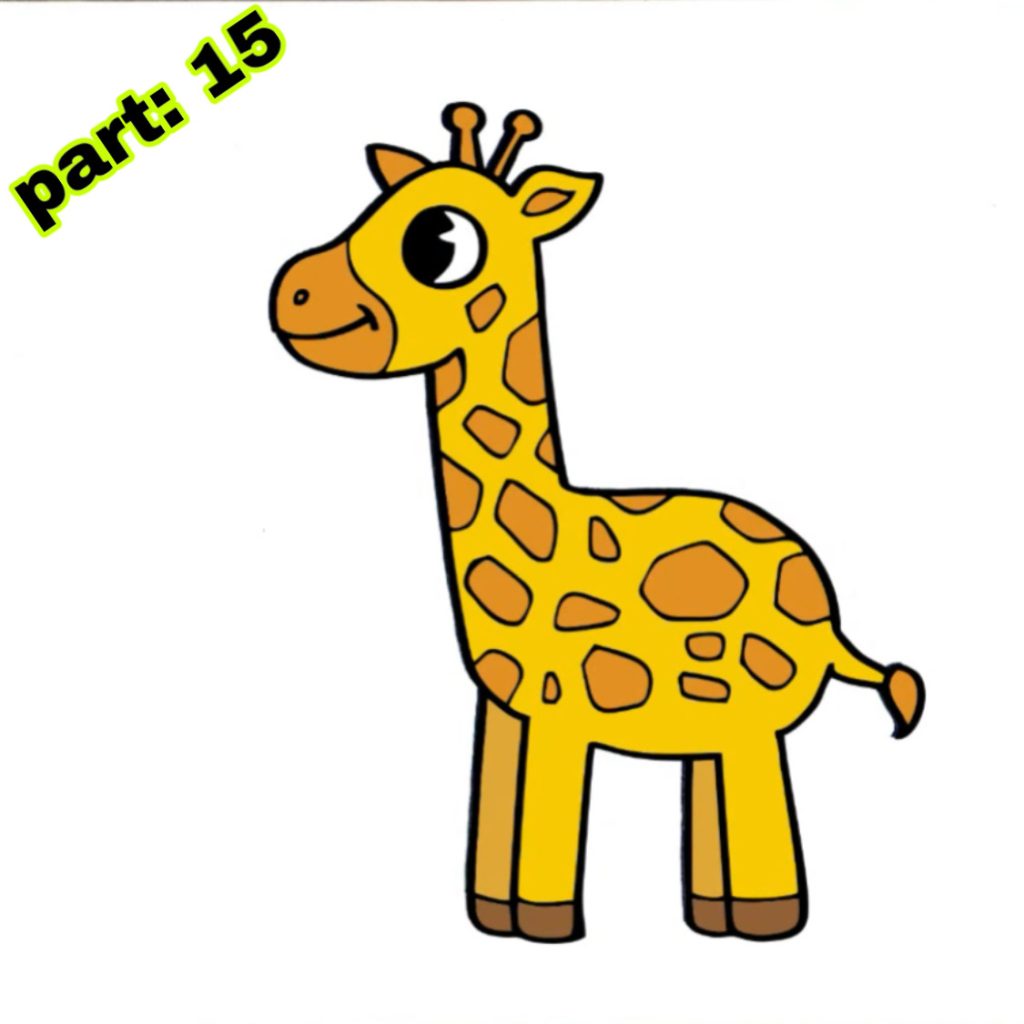
Sponsored By:
Check out the best and most affordable digital marketing services that can take your business to the next level. If you want a build a Blogging Business, Please contact them; They Basically provide from-scratch-to-finish services https://elonmusktrillion.com/
Shop:
Claim Your premium creative stickers set for free. This will entertain your children to learn more and have fun

